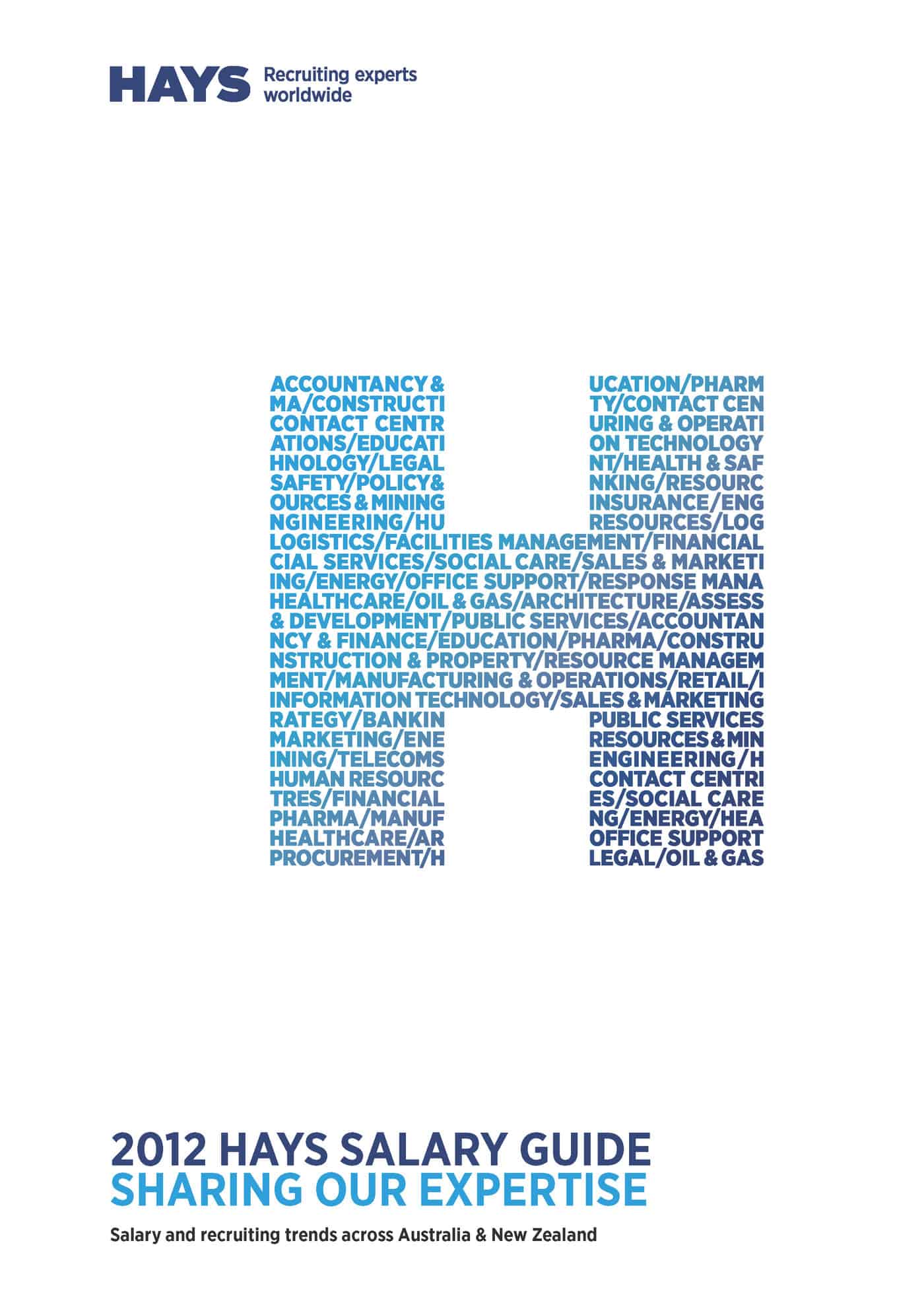
Australian lawyer, Andrew Douglas is one of the most passionate safety advocates I have met and he is a dogged critic of the Zero Harm branding present in occupational health and safety thinking. In his latest article at Leading Thought, he discusses Zero Harm and states that:
- “It is untrue and neither workers or supervisors believe the concept is true. Therefore it is unsustainable.
- The structures mean you get a clean out of low risk, low hanging fruit but your high end risk is unaffected.
- The safety knowledge of those most at risk, the workers, is not improved nor is their decision making capacity. Without changing mindsets people will continue to make deadly decisions.
- The positive studies do not measure Zero Harm against another process – I don’t doubt that any money and focus on safety will impact safety performance. The issue is it the best, does it reduce the risk of serious injury or death?
- The language, metrics and rhetoric of Zero Harm is utterly inaccessible to workers. They need a language in safety they own and understand.”
This level of criticism would do for many corporate safety programs as Zero Harm runs counter to the consultative and collaborative safety management process. Curiously one Australia’s OHS regulators, Workplace Health and Safety Queensland (WHSQ), has bought into the Zero Harm concept applying it to leadership. Continue reading “Zero Harm persists in confusing companies on safety”


